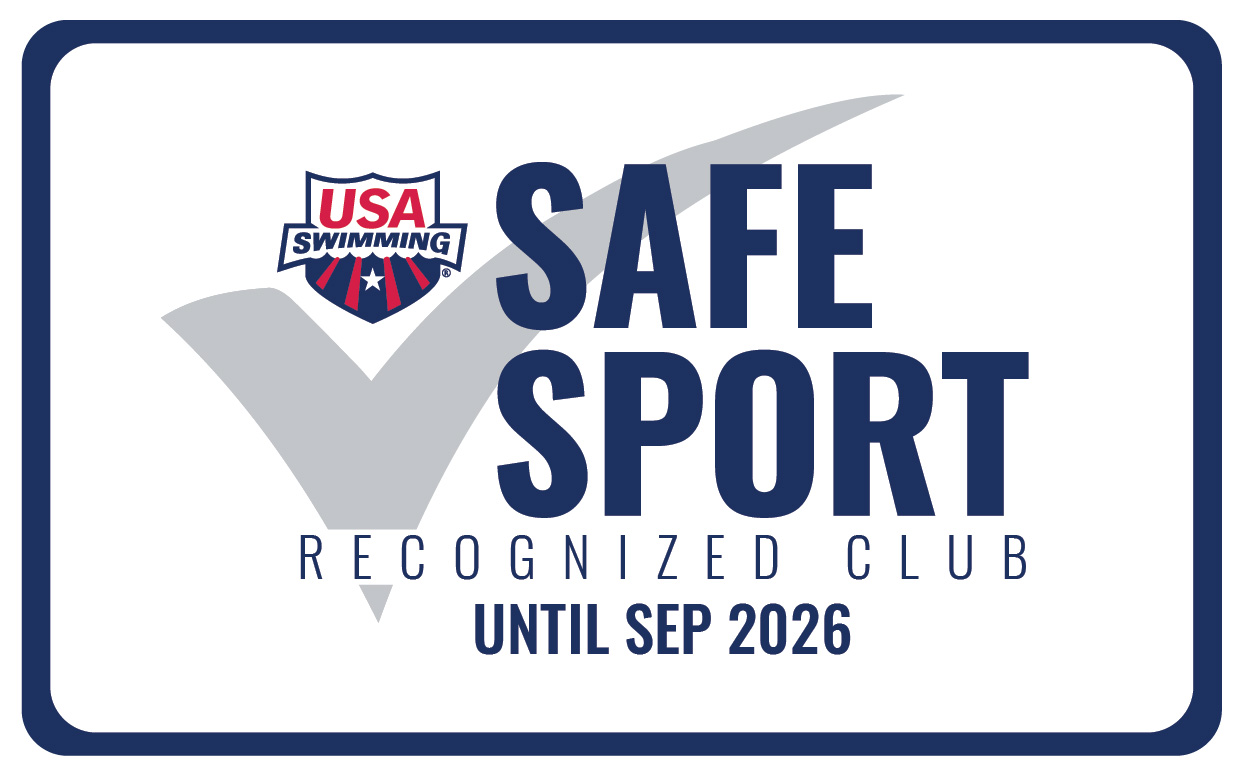| 
Safe Sport National Office (719) 866-4578 [email protected] For information for filing a report, please contact: USA Swimming: (719) 866-4578 U.S Center for Safe Sport: (833) 587-7233 or use the online reporting form AJCC Safe Sport Coordinator, Kit Baley, [email protected] Safe Sport Training: Free Safe Sport Training for Athletes
- This training is designed to help you and your athlete understand the dynamics of appropriate boundaries, healthy relationships and a safe, positive team culture reinforced by USA Swimming’s Safe Sport policies.
Free Safe Sport Athlete Protection Education for Parents
- This training designed to helps parents understand the scope and effect of abuse in the sport, recognize signs of grooming behavior, boundary violations, how to estalbish boundaries and how to react and report suspected abuse.
Click here for more information about the USA Swimming Safe Sport Program Parents/Guardians/Athletes: Please review the MAPP 2.0 document below in reference to the Abuse Protection Policy that is in effect for Asheville Jewish Community Center (AJCC) Smokin' Salmon. Minor Athlete Abuse Protection Policy for AJCC Smokin' Salmon (MAAPP 2.0) The following Best Practice Guidelines are strongly recommended for all USA Swimming members.
- Parents should be encouraged to appropriately support their children’s swimming experience.
- All swimming practices should be open to observation by parents.
- Coaches should not initiate contact with or accept supervisory responsibility for athletes outside club programs and activities.
- When only one athlete and one coach travel to a competition, at the competition the coach and athlete should attempt to establish a “buddy” club to associate with during the competition and when away from the venue.
- Relationships of a peer-to-peer nature with any athletes should be avoided. For example, coaches should avoid sharing their own personal problems with athletes.
- Coaches and other non-athlete adult members should avoid horseplay and roughhousing with athletes.
- When a coach touches an athlete as part of instruction, the coach should do so in direct view of others and inform the athlete of what he/she is doing prior to the initial contact. Touching athletes should be minimized outside the boundaries of what is considered normal instruction. Appropriate interaction would include high fives, fist bumps, side-to-side hugs and handshakes.
- Coaches should avoid having athletes as their favorites. They should also avoid creating a situation that could be perceived as them having favorites.
- Gift-giving, providing special favors or showing favoritism to individual athletes is strongly discouraged.
|